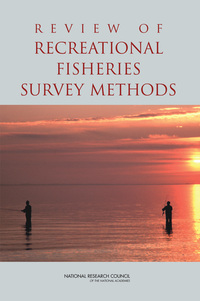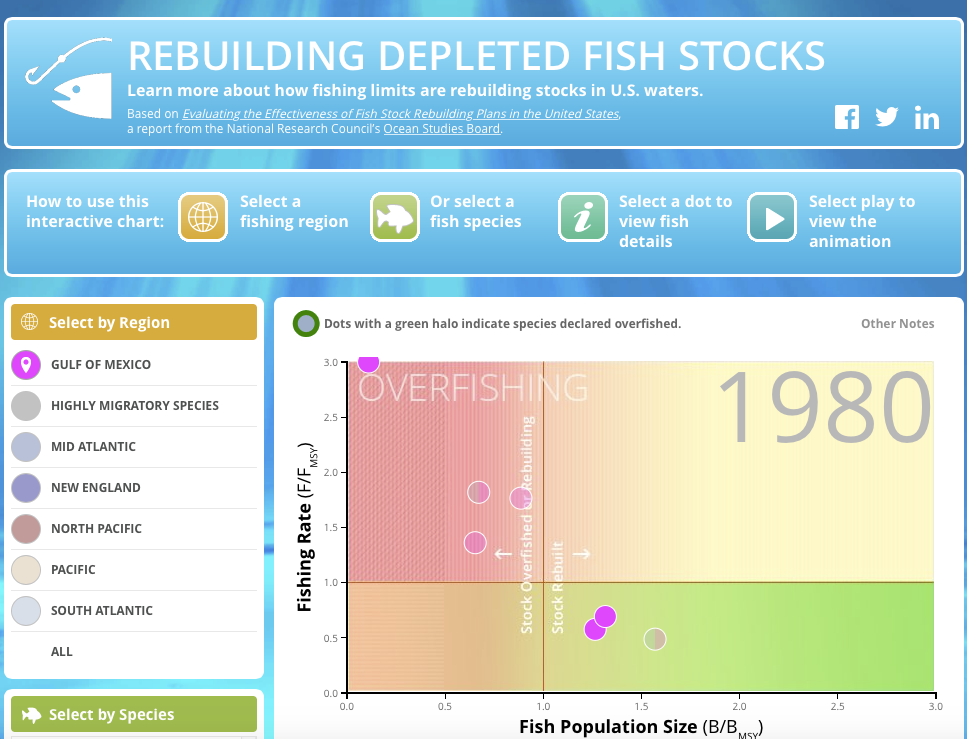In the United States, commercial and recreational fisheries generate $166 billion in sales impacts annually and support 1.4 million jobs (NOAA 2012). Many coastal communities depend on healthy fisheries to support local industries and tourism. Depleted fish stocks continue to be a challenge for fishery managers and the fisheries: approximately 20% of the fisheries that have been assessed are considered overfished according to the September 2012 stock status report to Congress prepared by the U.S. National Oceanic and Atmospheric Administration (NOAA). Hence, effective management of this valuable public resource is a priority from the local to national level.
This year, Congress is working on the reauthorization of the Magnuson-Stevens Fishery Conservation and Management Act–the primary legislation regulating federal fisheries, first passed in 1976. In its 1996 reauthorization, mandates were added that were aimed at rebuilding overfished fisheries, protecting essential fish habitat, and reducing bycatch. The 2006 reauthorization included provisions to immediately curtail overfishing, establish annual catch limits, and ensure accountability. For the current reauthorization, Congress is considering revisions to mandates to rebuild overfished stocks and to manage and measure recreational fishing.
Reports from the National Research Council have helped inform efforts to manage fisheries by examining the strengths and weaknesses of fish stock rebuilding plans and developing strategies to modernize the system used for collecting recreational fisheries data. The 2006 reauthorization referenced an NRC report on recreational fisheries:
“ NRC REPORT RECOMMENDATIONS.–The program shall take into consideration and, to the extent feasible, implement the recommendations of the National Research Council in its report Review of Recreational Fisheries Survey Methods (2006).” [H.R. 5946, Section 201 (B)]
In the United States (U.S.), the Fishery Conservation and Management Act of 1976, now known as the Magnuson-Stevens Fishery Conservation and Management Act (MSFCMA), was the first major legislation to regulate federal fisheries in the U.S. …
Recreational fishing in the United States is an important social and economic component of many marine fisheries, with an estimated 14 million anglers making almost 82 million fishing trips in 2004. Although each individual angler typically harvests …
Learn more about how fishing limits are rebuilding stocks in U.S. waters.


